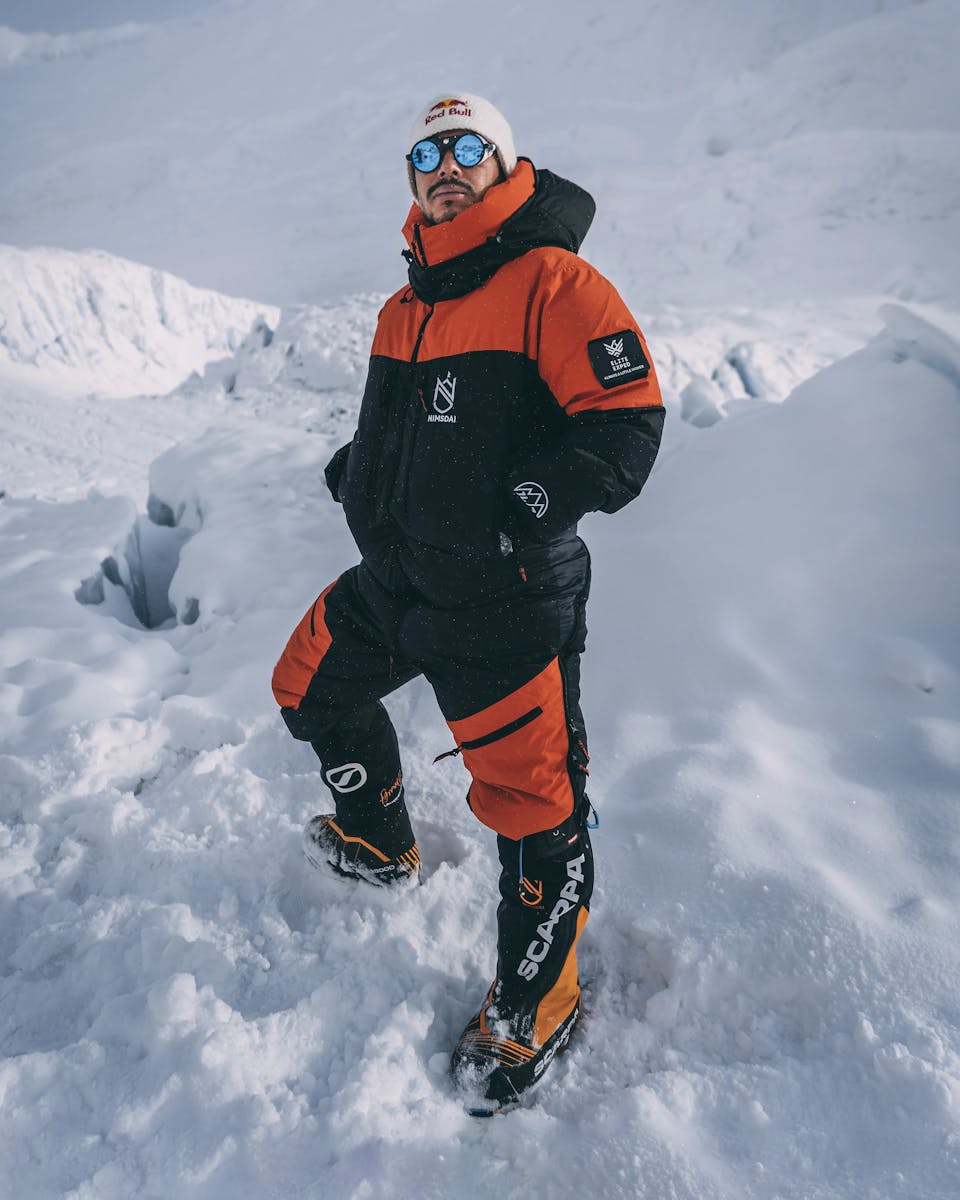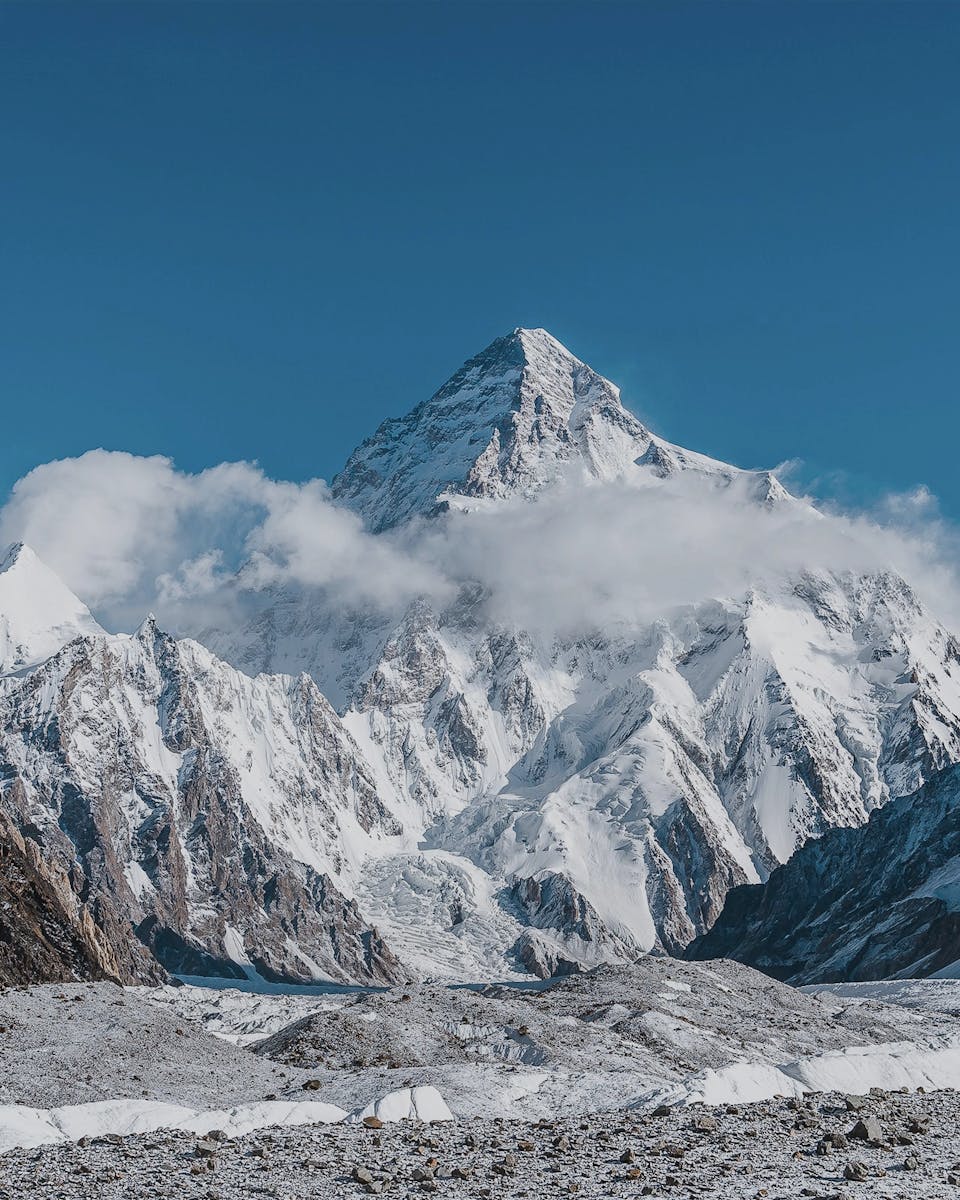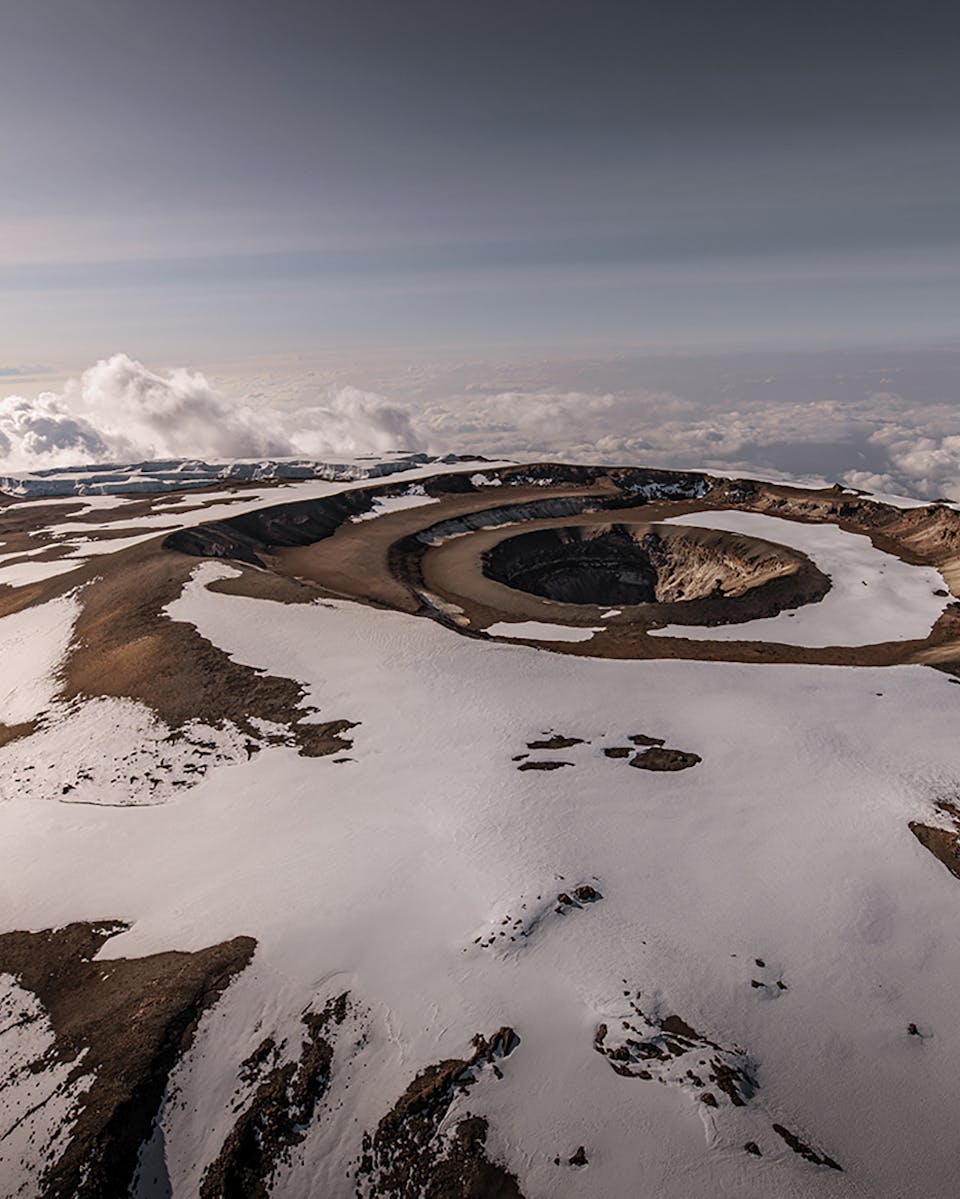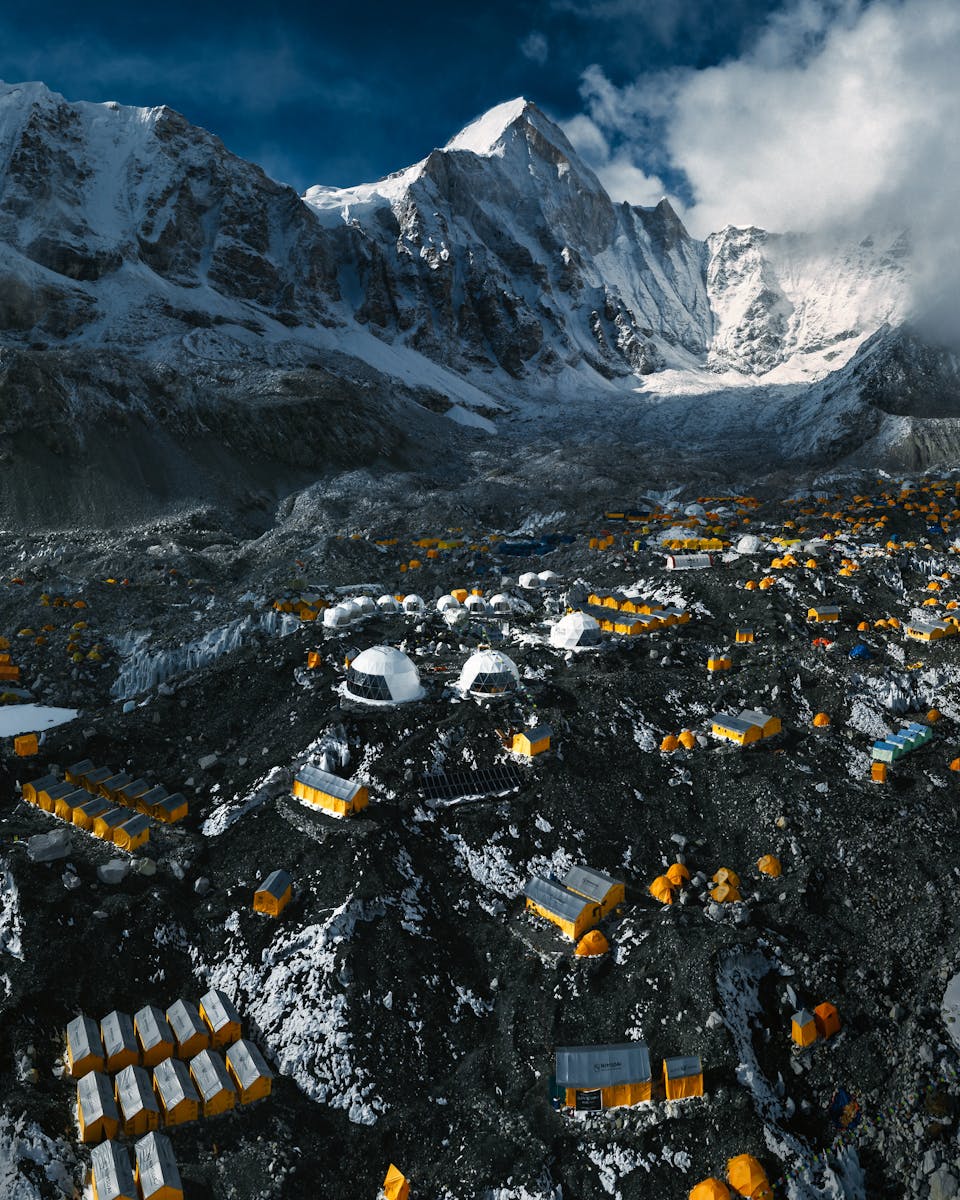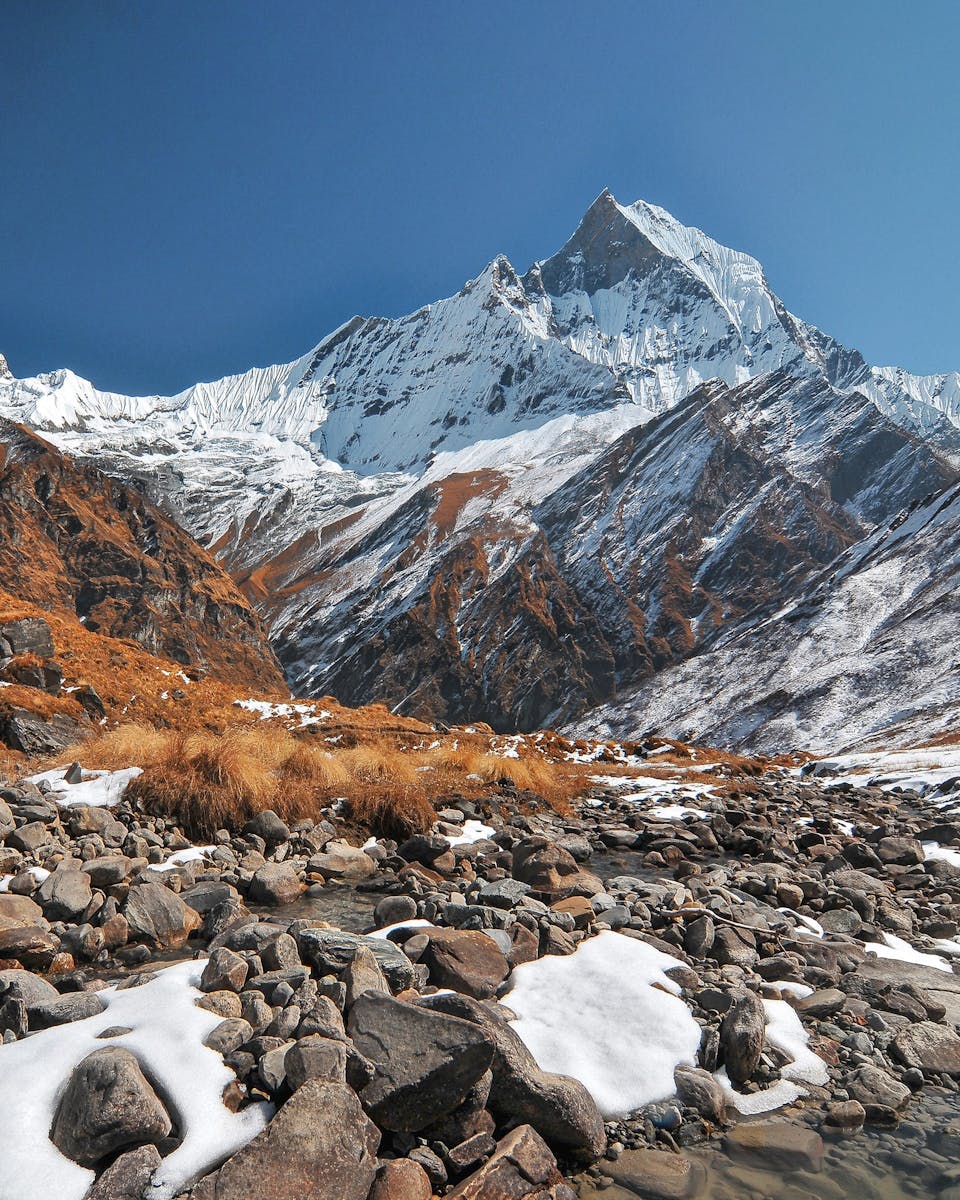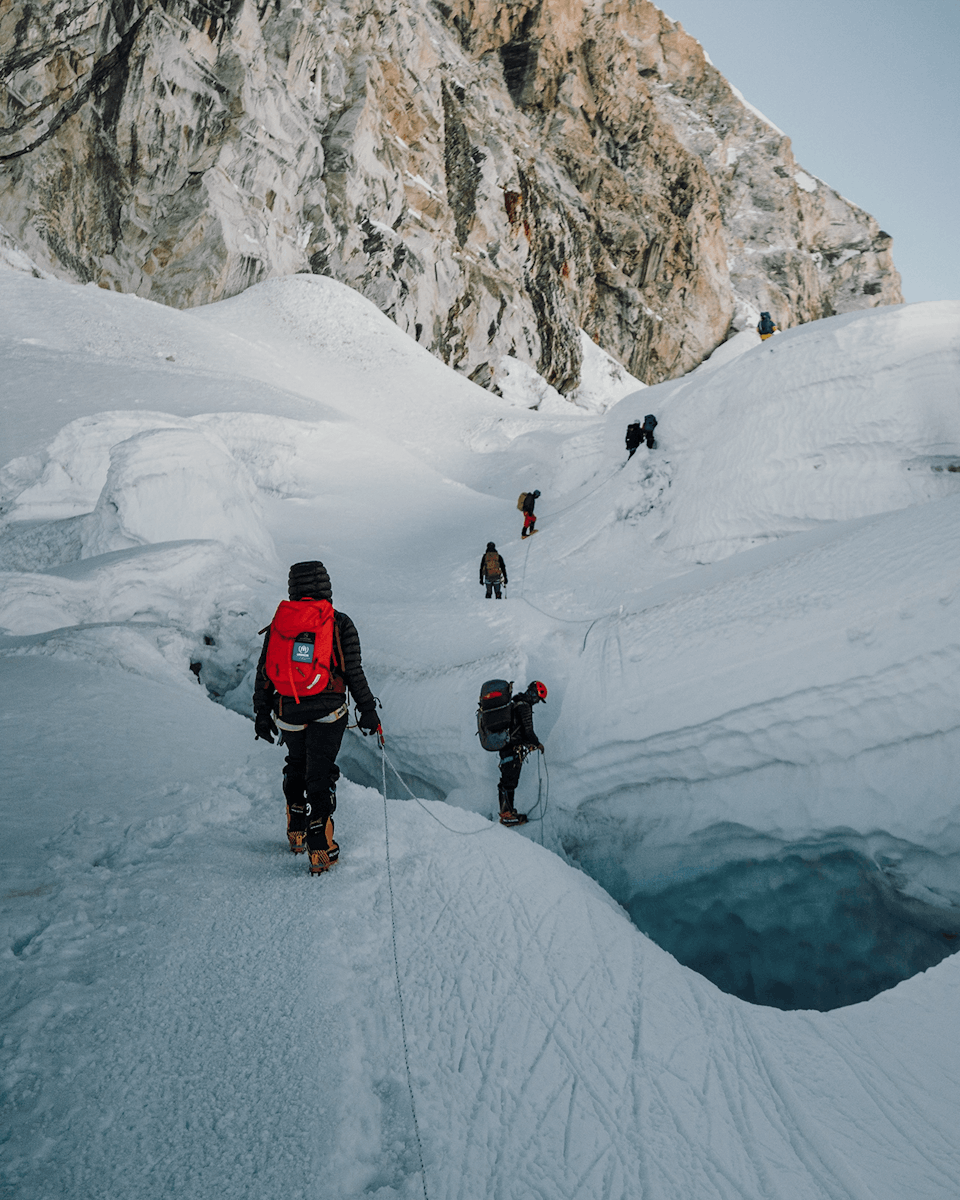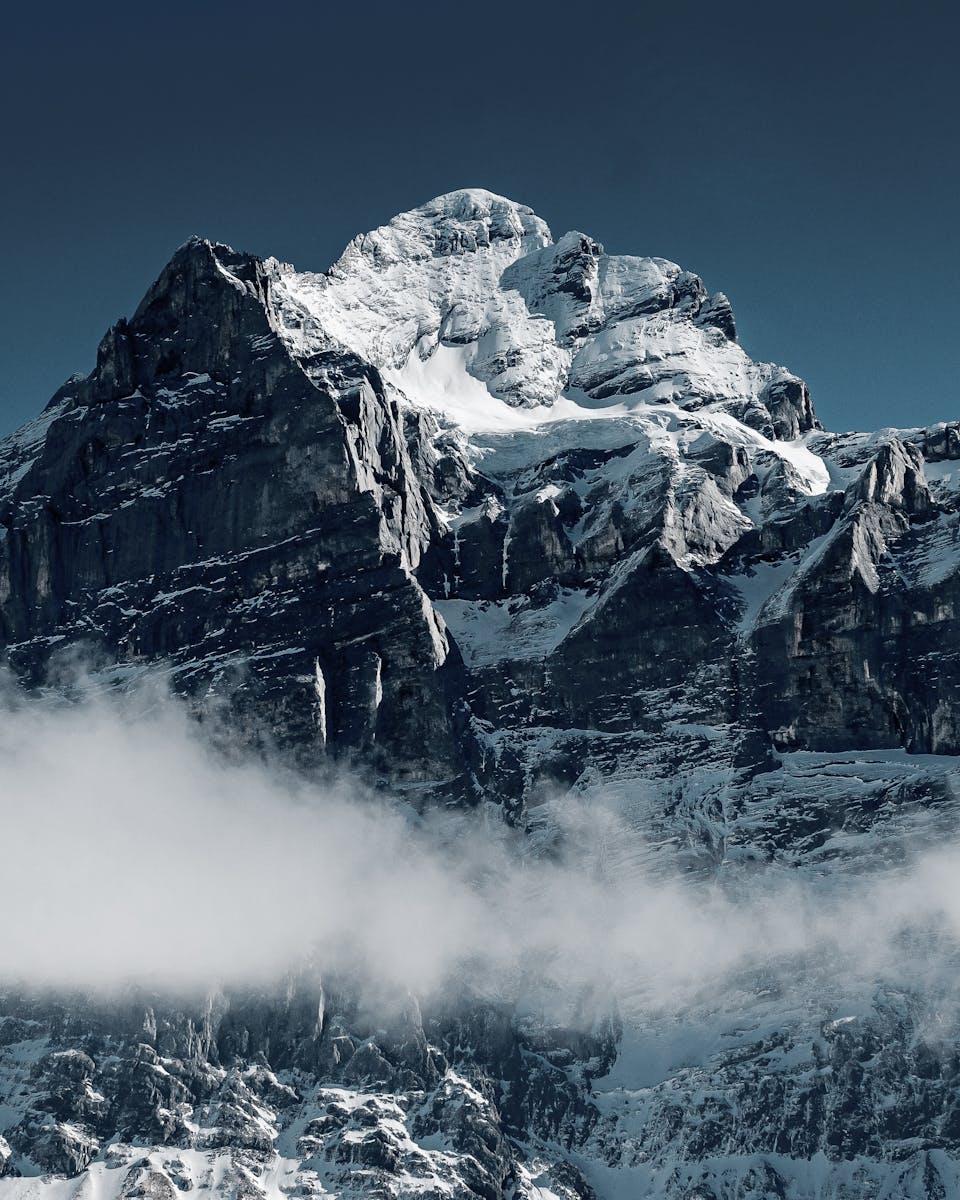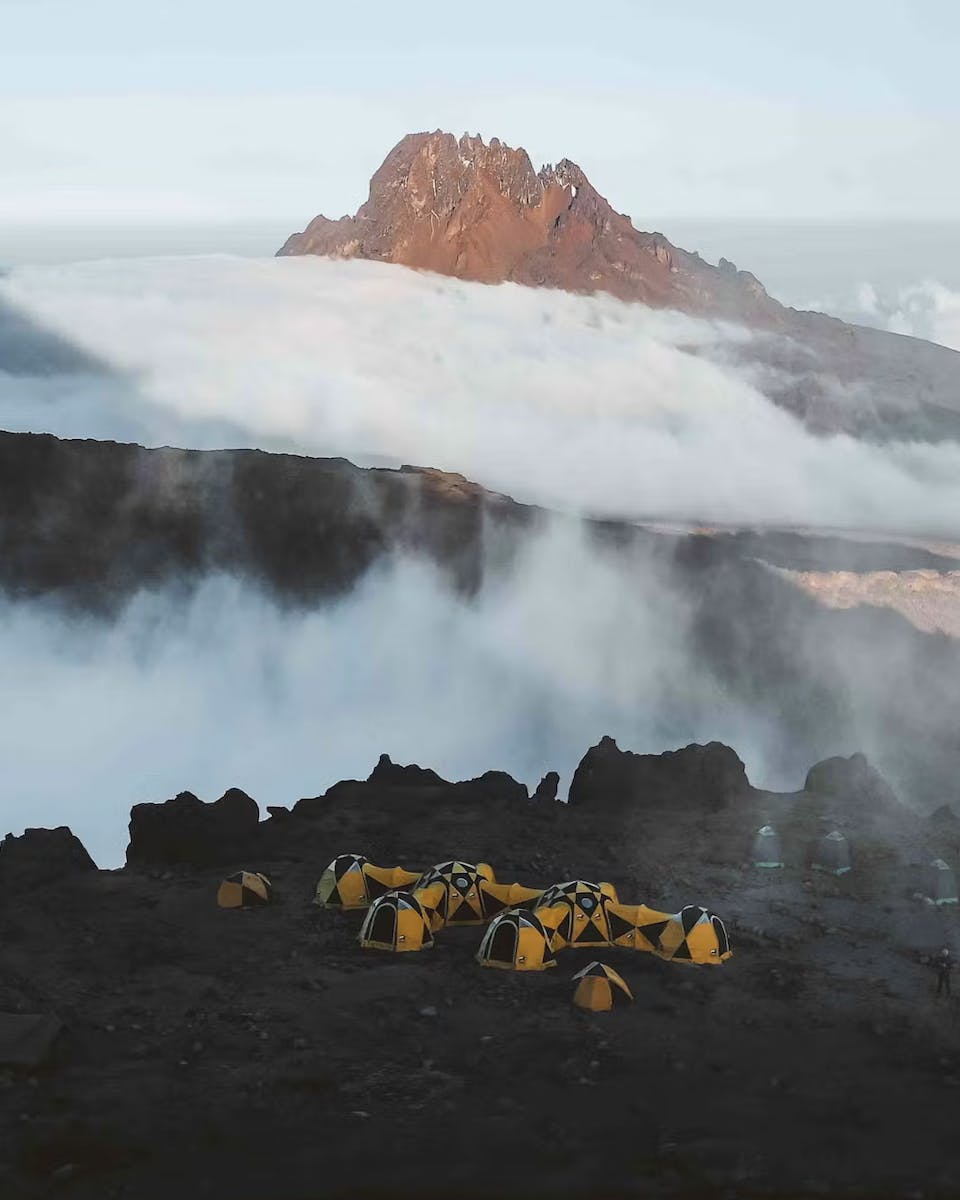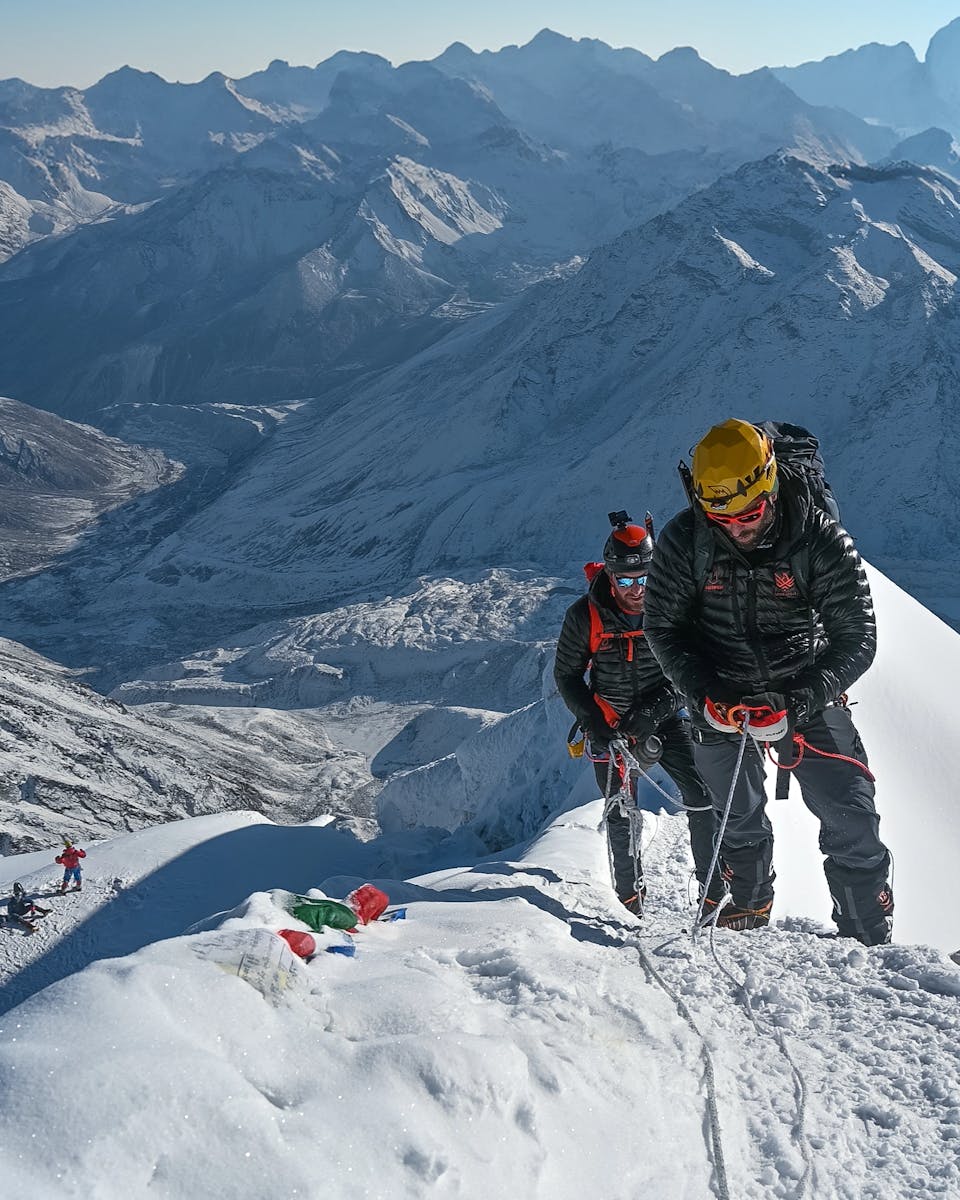K2 is the mountain with the highest ratio of deaths to climbs. Several sections of the climb contribute to its dangerous reputation and high mortality rates. Let’s take a closer look.
The House’s Chimney
This is a well-known and perilous section of the climb on K2’s standard route, the Abruzzi Spur. The House's Chimney is a steep and narrow section adventurers face on the way to Camp 2, and demands advanced rock climbing skills.
Not only does the combination of vertical rock and ice make it technically challenging even for experienced climbers, but the narrow gully is prone to falling rocks and ice, which can be triggered by the movement of climbers or natural processes. Furthermore, situated at 6,650 metres, climbers are operating in the "death zone", where the lack of oxygen can severely affect physical and cognitive abilities.
The Black Pyramid
Once climbers have conquered The House’s Chimney, they’ll have to face the ominous Black Pyramid. Consisting of steep and complex rock faces, the Black Pyramid is 2,000 feet of highly technical rock climbing in extremely harsh conditions.
Not only is this section of K2 known for being extremely steep, but the area is also prone to rockfall and icefall, creating a constant hazard for climbers. At 7,200 metres, climbers are also at risk of potentially fatal conditions such as HAPE (High Altitude Pulmonary Edema) and HACE (High Altitude Cerebral Edema).
The Shoulder
Just below the summit, at around 8,000 metres, climbers will encounter the Shoulder. This is a relatively flatter and broader area compared to the Black Pyramid and House’s Chimney but is still covered in thick layers of snow and ice.
At this altitude, weather conditions are extremely unpredictable and can change rapidly. High winds, heavy snowfall, and severe cold temperatures are common, which can lead to frostbite and hypothermia. Furthermore, the Shoulder is rife with hidden crevasses in the snow and ice, posing a significant hazard. These deep, narrow openings can be difficult to detect and can be deadly if a climber falls into one.
The Bottleneck
The Bottleneck on K2 is the most notorious section of the climb. It’s an extremely narrow couloir with a steep gradient of around 50-60 degrees, overlooked by a huge serac (ice cliff) above. Its proximity to the serac is one of the imminent dangers of this section — as large chunks of ice can break off and fall, posing a lethal threat to climbers below. This has been a significant factor in many accidents. In 2023, K2 porter Mohammad Hassan tragically died while navigating the Bottleneck after a piece of serac fell without warning.
Not only is the Bottleneck extremely technically difficult, and requires steep ice climbing at a high altitude, but the narrowness of the Bottleneck forces climbers into prolonged waiting periods while others pass by or for weather conditions to improve. This waiting time can lead to heightened fatigue and risk of hypothermia.

